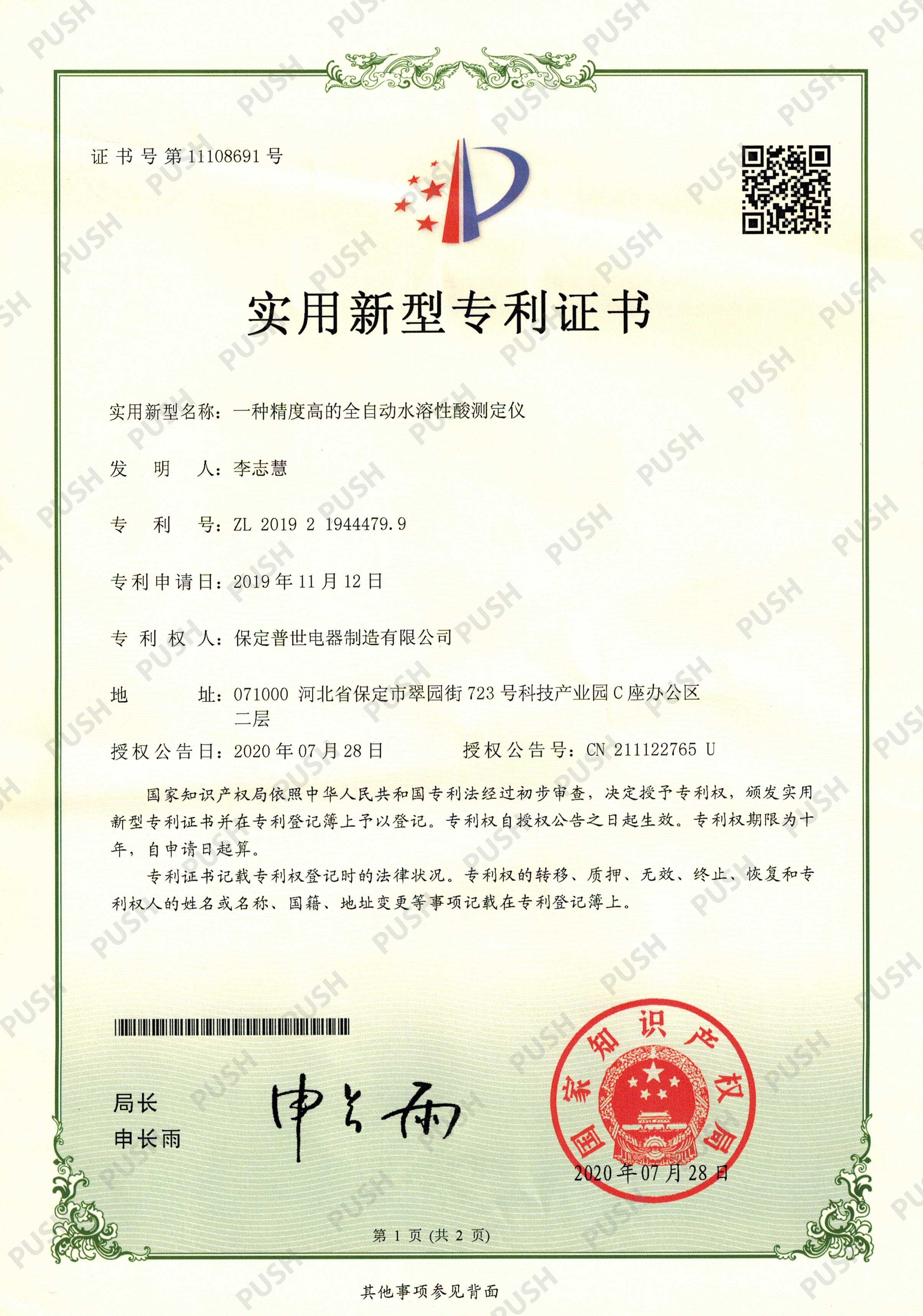 English
English


winding resistance test pdf
Understanding Winding Resistance Testing A Key Aspect of Electrical Maintenance
Winding resistance testing is a crucial procedure in the maintenance of electrical machines, particularly transformers and motors. By measuring the resistance of the windings, engineers can assess the health of these components and predict their operational efficiency. This article will delve into the significance of winding resistance testing, its methodology, and the insights it provides into the condition of electrical machines.
Importance of Winding Resistance Testing
Winding resistance is an essential parameter in the operation of electrical machines. It not only affects the efficiency of the equipment but also has implications for its longevity. High resistance in the windings can lead to increased heat generation, which can consequently cause insulation breakdown and other failures. Therefore, conducting winding resistance tests is vital for identifying potential issues before they escalate into costly repairs or machine failures.
Regular testing helps in identifying irregularities caused by various factors such as corrosion, winding damage, or poor connections. This proactive approach to maintenance enhances the reliability of electrical machines and contributes to minimizing unexpected downtimes, thereby saving both time and resources.
Methodology of Winding Resistance Testing
The process of winding resistance testing typically involves the use of a micro-ohmmeter, a specialized instrument designed to measure low resistance levels. The test begins with isolating the winding from the power source to ensure safety. Once isolated, the winding is connected to the micro-ohmmeter, which applies a known current and measures the resulting voltage drop across the winding.
The resistance (R) can be calculated using Ohm’s Law, given by the formula
\[ R = \frac{V}{I} \]
winding resistance test pdf

where \( V \) is the voltage drop and \( I \) is the current flowing through the winding. The results are usually expressed in ohms (Ω) and can be compared against standard values to determine the condition of the winding.
.
It is important to note that the winding resistance is influenced by temperature. Consequently, it is essential to either perform the test at a standardized temperature or apply temperature correction factors to the measurements to ensure accurate comparisons.
Analyzing Test Results
The results obtained from winding resistance tests can yield valuable insights into the condition of the windings. A significantly higher resistance value than the baseline can indicate problems such as
1. Poor Connections Loose or corroded terminals can increase the resistance, which can severely affect performance. 2. Winding Damage Shorts or other types of damage within the windings can lead to elevated resistance values. 3. Insulation Failure Over time, insulation materials can degrade, which can also be reflected in the resistance readings.
Conversely, a decrease in winding resistance could indicate a short circuit or other critical failures that require immediate attention. By analyzing these results over time, maintenance teams can identify trends, track the aging of the equipment, and make informed decisions regarding necessary repairs or replacements.
Conclusion
Winding resistance testing stands out as an essential practice in the maintenance of electrical machines. By regularly measuring and analyzing winding resistance, it is possible to ensure that transformers and motors operate efficiently and reliably. This testing not only aids in identifying existing problems but also supports predictive maintenance strategies that can extend the lifespan of electrical equipment.
Incorporating winding resistance testing into routine maintenance schedules offers a proactive approach to electrical machine care, ultimately leading to enhanced performance and reduced operational costs. As industries become increasingly dependent on reliable electrical systems, understanding and implementing effective testing methodologies will be a key component of successful electrical maintenance strategies.
-
Differences between open cup flash point tester and closed cup flash point testerNewsOct.31,2024
-
The Reliable Load Tap ChangerNewsOct.23,2024
-
The Essential Guide to Hipot TestersNewsOct.23,2024
-
The Digital Insulation TesterNewsOct.23,2024
-
The Best Earth Loop Impedance Tester for SaleNewsOct.23,2024
-
Tan Delta Tester--The Essential Tool for Electrical Insulation TestingNewsOct.23,2024





